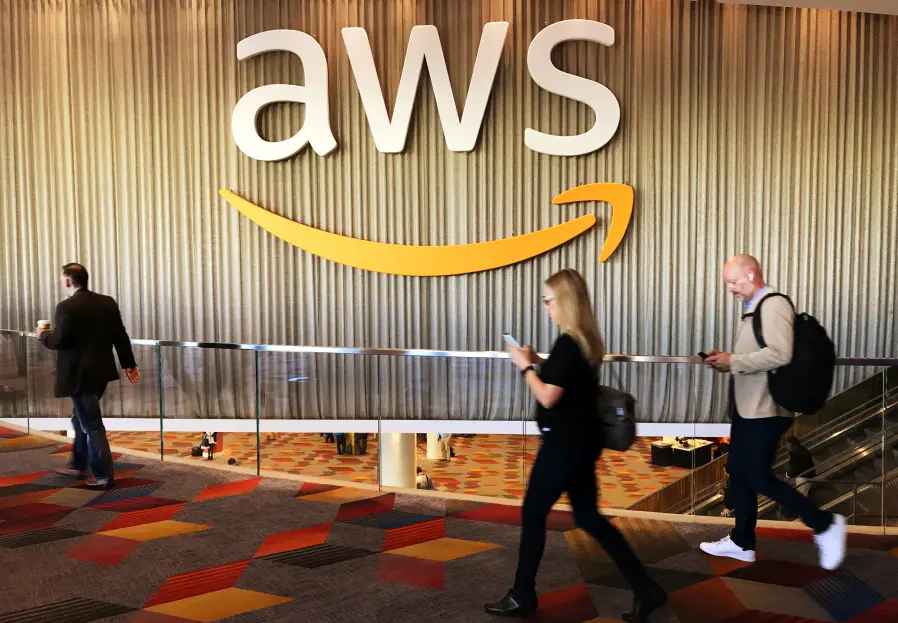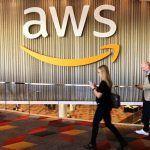AWS announces general availability of Amazon Forecast to enable developers to build applications with the same machine learning technology used by Amazon.com

Amazon continues to level the playing field by enabling developers and small organizations with advanced tools and services that were only previously available to big corporations. Through its Amazon Web Services (AWS), Amazon offers arrays of tools and services ranging from compute, storage, databases, networking, analytics, robotics, machine learning and artificial intelligence (AI), Internet of Things (IoT), mobile, security, hybrid, virtual and augmented reality (VR and AR), media, to application development, deployment, and management.
Today, Amazon Web Services, (AWS), a division of Amazon.com, announced the general availability of Amazon Forecast, a fully managed service that uses machine learning to deliver highly accurate forecasts based on the same technology that powers Amazon.com.
Amazon Forecast enables developers to build applications with the same machine learning technology used by Amazon.com for forecasting future business conditions — with no machine learning expertise required. Amazon Forecast is available today in US East (Ohio), US East (N. Virginia), US West (Oregon), Asia Pacific (Tokyo), Asia Pacific (Singapore), and EU (Ireland) with more availability zones coming soon.
Amazon uses forecasting to make sure that the right product is in the right place at the right time by predicting demand for hundreds of millions of products every day. Amazon Forecast uses this same technology to build precise forecasts for virtually any business condition, including product demand and sales, infrastructure requirements, energy needs, and staffing levels – with predictions that are up to 50% more accurate than traditional methods. Amazon Forecast is easy to use and requires no machine learning experience. The service automatically provisions the necessary infrastructure, processes data, and builds custom, private machine learning models that are hosted on AWS and ready to make predictions.
Forecasting is the science of predicting the future. By examining historical trends, organizations can make a call on what might happen and when, and build that into their future plans for everything from product demand to inventory to staffing. Given the consequences of forecasting, accuracy really matters. If a forecast is too high, customers will over-invest in products and staff, which ends up as wasted investment, and if the forecast is too low, they will under-invest, which leads to a shortfall in raw materials and inventory; creating a poor customer experience.
Today, companies try to use everything from simple spreadsheets to complex financial planning software to generate forecasts, but high accuracy remains elusive for two reasons. First, traditional forecasts struggle to incorporate very large volumes of historical data, missing out on important signals from the past that are lost in the noise. Second, traditional forecasts rarely incorporate related but independent data, which can offer important context (such as sales, holidays, locations, marketing promotions, etc.). Without the full history and the broader context, most forecasts fail to predict the future accurately.
Amazon has a wealth of knowledge in building accurate forecasts using machine learning from over 20 years of experience operating the world’s largest ecommerce business. Delivering billions of packages per year, with a multitude of delivery options in more than ten thousand zip codes, Amazon has developed advanced forecasting capabilities that incorporate the full product history and overlay context from related business activities, such as promotions and pricing changes. Due to this diverse and large-scale forecasting experience at Amazon, customers have asked AWS to share this knowledge with them to help make their own forecasts more accurate.
Today’s general availability of Amazon Forecast provides a major step toward putting the power of Amazon’s deep experience in forecasting into the hands of everyday developers in virtually every industry. Amazon Forecast produces private, custom models that can help developers make predictions that are up to 50% more accurate than traditional methods. Using machine learning, Amazon Forecast automatically discovers how variables such as product features, seasonality, and store locations affect each other. These complex relationships can be difficult to spot using traditional forecasting methods, but Amazon Forecast uses the machine learning developed at Amazon to quickly recognize complex patterns to improve forecast accuracy.
Amazon Forecast automatically sets up a data pipeline, ingests data, trains a model, provides accuracy metrics, and performs forecasts. Developers do not need to have any expertise in machine learning to start using Amazon Forecast, and can use the Amazon Forecast Application Programming Interface (API) or easy-to-use console to build custom machine learning models in less than five API calls or clicks. With Amazon Forecast, customers can achieve accuracy levels that used to take months of engineering in as little as a few hours.
“Amazon Forecast now offers the forecasting expertise from Amazon’s first 25 years of building the world’s largest ecommerce business in a managed service for any company to leverage,” said Swami Sivasubramanian, Vice President, Amazon Machine Learning. “We’ve built sophisticated, machine learning forecasting algorithms over many years that our customers can now use in Amazon Forecast without having to know anything about machine learning themselves. We can’t wait to see how our customers use the service to reduce operating expenses and inefficiencies, ensure higher resource and product availability, deliver products faster, and lower costs to delight their customers.”
Launched 13 years ago, Amazon Web Services has been the world’s most comprehensive and broadly adopted cloud platform. AWS offers over 165 fully featured services for compute, storage, databases, networking, analytics, robotics, machine learning and artificial intelligence (AI), Internet of Things (IoT), mobile, security, hybrid, virtual and augmented reality (VR and AR), media, and application development, deployment, and management from 69 Availability Zones (AZs) within 22 geographic regions, spanning the U.S., Australia, Brazil, Canada, China, France, Germany, Hong Kong Special Administrative Region, India, Ireland, Japan, Korea, Middle East, Singapore, Sweden, and the UK. Millions of customers—including the fastest-growing startups, largest enterprises, and leading government agencies—trust AWS to power their infrastructure, become more agile, and lower costs.




